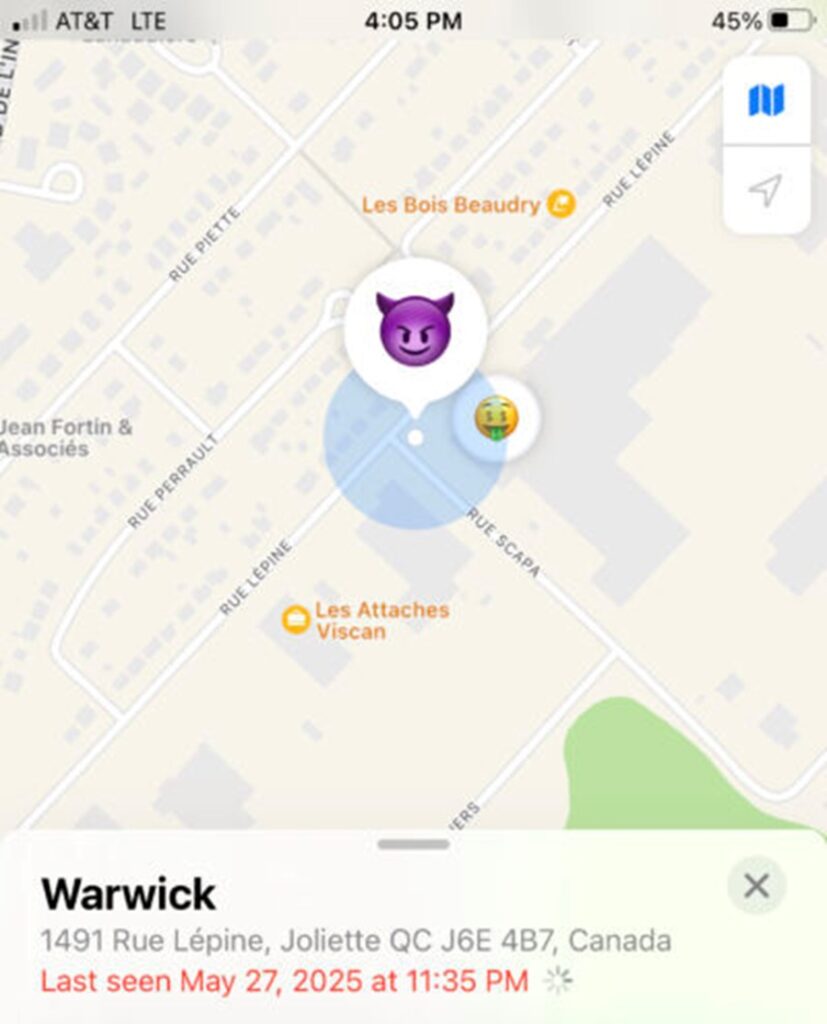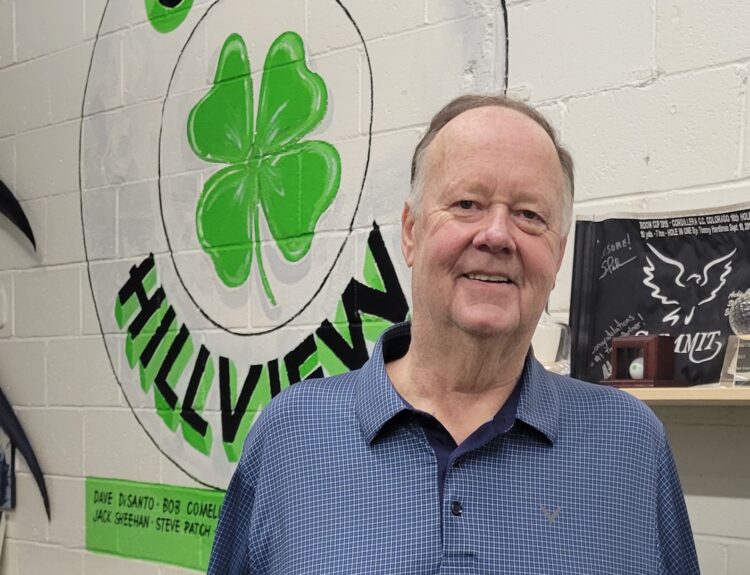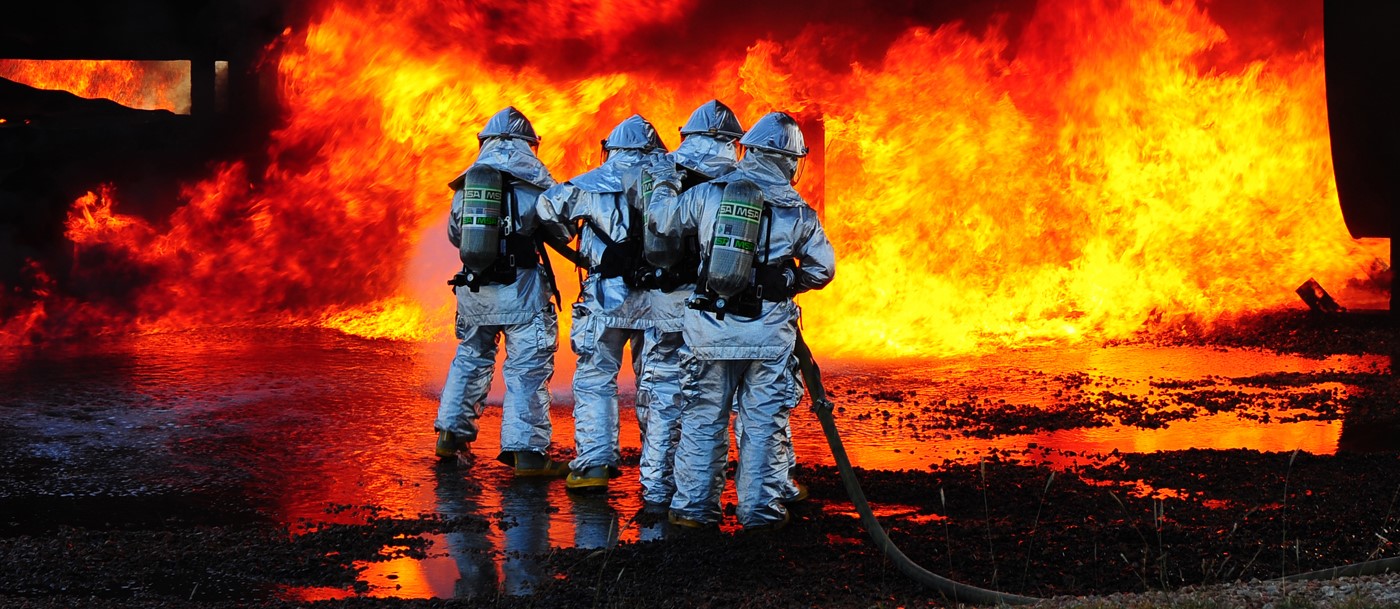The same traits that make plastic prized also make it a growing toxic hazard, because it takes thousands of years to break down. And, unfortunately, this long-lasting material is the one human civilization decided should be used once and then thrown away.
This story was originally published in EcoRI News, a publication partner of Ocean State Stories.
JOHNSTON, R.I. — One of the most-asked questions by ecoRI News readers is whether recycling actually works.
For years now we’ve heard from skeptical readers and public officials who wonder where Rhode Island recycling goes after it’s whisked away. Is it really recycled and repurposed? Is it incinerated? Or is it just ending up in the Central Landfill, or somewhere else?
Plastic, that petroleum-based material that can be found in almost anything — from motor vehicles, cosmetics, homes, and furniture, to electronics and packaging — is especially of interest. The same traits that make plastic prized also make it a growing toxic hazard, because it takes thousands of years to break down. And, unfortunately, this long-lasting material is the one human civilization decided should be used once and then thrown away.
A lot of it will end up in landfills, and some of it will be incinerated, either in waste-to-energy plants or in so-called “advanced recycling” facilities. Even more plastic waste will clog storm drains and waterways, litter public spaces and fragile habitats. A lot of it will break down into microplastics.
Little of it will end up being recycled or reused.
Following the plastic
ecoRI News decided to conduct a rudimentary experiment to track Rhode Island’s recyclables. Taking inspiration from similar efforts across the nation, we put Apple air tags into empty 20-ounce Gatorade bottles, screwed the caps on tightly, and dropped them into different residential and commercial recycling bins across the state. Crude, but effective.
We performed two different rounds of this experiment, one in February, and the other in May. We tracked six bottles in the first round and eight bottles in the second, putting tagged bottles into different recycling bins around the state. Each tag cost $25, so we had to be judicious and limited in our experiment.
The Portsmouth bottle is tagged and ready to embark on its recycling journey. (Joanna Detz/ecoRI News)
In the first round, we put tagged bottles into recycling bins in Barrington, East Greenwich, Johnston, Portsmouth, Providence (residential), and Providence (business).
In the second round, we put tagged bottles into recycling bins in Charlestown, Coventry, Cranston, Saunderstown, Warwick, North Providence, Portsmouth, and Providence.
Our first finding: all but one of the tracked bottles succeeded in making its way to the Materials Recycling Facility (MRF) in Johnston, so curbside pickup works as intended. Only one bottle, the one put into our Davol Square office bin, didn’t appear to go to the facility in Johnston, likely because the office’s commercial recycling pickup is handled by a private hauler.
But only five trackers would survive their trip through the Johnston MRF. Whether a load containing contaminated recycling was buried in the landfill, or whether the air tags were damaged during processing, we don’t know for sure.
Our five remaining trackers that survived the MRF would ultimately be shipped to plastic bottle recycling facilities that manufacture the material into new products, or, in one case, a waste-to-energy incineration plant in southeast Massachusetts.
Rhode Island’s recycling numbers
It’s no secret that the state is not good at recycling.
Since the pandemic, litter, trash, and especially plastic pollution have become an increasingly growing concern for voters, environmental groups, and residents. Plastic containers and bottles have become the most common litter picked up by volunteers during cleanups around the state, surpassing cigarette butts for the first time in 2023.
There’s growing data to suggest Rhode Islanders are throwing away more than they recycle. Each of the state’s 39 cities and towns has a mandatory recycling rate set by the quasi-public Rhode Island Resource Recovery Corporation (RIRRC), which operates the Central Landfill and MRF in Johnston.
Last year only 12 municipalities met or exceeded the state’s mandatory 35% recycling rate. Fourteen municipalities recycled less than 20% of all material sent to the Johnston facilities, and the worst performing municipality, Providence, couldn’t even crack double digits. The capital city achieved only a 7.1% recycling rate in 2024, meaning more than 92% of all material sent to RIRRC went straight into the landfill.
Recycling rates in Rhode Island are unlikely to change soon. The only serious action on the part of state government has been to launch a new anti-littering campaign. Attempts to more strictly regulate plastic waste at common sources, such as single-use plastic bottles, have been euthanized in the General Assembly for 10 years straight.
Improving recycling rates with an actual cash incentive is the impetus behind bottle deposit redemption systems, more commonly known as a bottle bill. Every bottle sold at retail stores in the state would have a 10- or 15-cent fee added to the price. Consumers would be able to redeem the fee at redemption centers that would collect empty plastic bottles and ensure they make their way to recycling facilities.
But such programs have long been opposed by beverage distributors, liquor stores, convenience stores, and other business owners who allege it’s an onerous tax on the state’s business sector, despite nearby Massachusetts and Connecticut having bottle deposit systems in place for decades.

Enter the MRF
When it comes to trash, Rhode Island is the outcast compared to its neighbors. Massachusetts and Connecticut, with larger populations, are more likely to have more complex waste and recycling systems with multiple landfills or recycling collection facilities, unless the waste is exported somewhere else.
RIRRC’s Johnston facility acts as a single, centralized clearinghouse, with almost all of the state’s residential waste and recycling at least passing through the Shun Pike facility.
The MRF, the first real stop for almost all of our tracked bottles, deals with enormous amounts of plastic and other recyclables. Most of this material is cardboard, paper, and glass. Plastic only accounts for a small portion of the recycled material getting processed at the MRF. According to a joint 2023 report by the Department of Environmental Management and RIRRC, only 16,172 tons of plastic pass through the MRF every year, out of the 96,000 tons of recycled materials total the MRF processes annually.
Once the materials are sorted at the MRF, workers crush them into massive bales that weigh somewhere between 500 and 1,000 pounds. At this stage, Rhode Island’s role in recycling is complete. A private broker, the Sweden-based company CellMark, buys recycled material as needed to sell to manufacturers across the United States and Canada.
That means Rhode Island gets paid to recycle, literally. RIRRC even has a profit-sharing program in place. If RIRRC sells enough recycled materials to cover the operating costs of the MRF, qualifying municipalities that have reached their mandated recycling rate can receive a portion of the proceeds.
But recycled materials are a volatile and, at least for Rhode Island, unprofitable market. Since 2016, the program has only paid out its profit-share once.
“We’re only in a position to offer a profit share when the revenues generated from the sale of the resulting commodities exceed the corporation’s associated program costs,” said Jared Rhodes, director of policy and programs at RIRRC. “The last time this occurred was in 2022 when commodity values were high.”
RIRRC’s mixed recycling program made $12.8 million in 2022. Plastics alone earned RIRRC $5.1 million in revenue, despite only accounting for a small portion of total recycled material that year.
The price of recycled materials depends entirely on what happens on the world stage. In 2018 China announced its “National Sword” program, a nationwide policy that banned the import of solid waste into the country and severely curtailed the imports of recycled material. Prior to that, China was the biggest importer of municipal solid waste in the world.
The policy sent the downstream recyclable economy into a tailspin. Prices for recycled commodities crashed, and RIRRC attributes the policy as one of the factors that prevented commodity prices reaching a high enough price for its profit-sharing program to pay out.
It also means, if there’s no buyer, processed recycling materials might just end up buried in the landfill anyway.
“Materials that enter the mixed recycling stream that traditionally don’t have buyers are considered waste, and get disposed of as such,” Rhodes said. “The one exception to this is glass, which the corporation beneficially reused on-site as alternative daily landfill cover, relieving the need for it to spend money buying outsourced alternatives.”
Recycled material ends up in the landfill more often than you might think. In 2022, RIRRC landfilled plastic, fiber, and metal that was eligible to be recycled through the mixed recycling program. Around 7,000 tons of plastic were successfully recycled and sold, according to the report, while another 19,000 tons ended up in the landfill.
Final (recycling) destinations
Four of our bottles were delivered to the Johnston MRF, sorted, squeezed to a pulp, and sold by CellMark on the recycled commodities market, while a fifth bottle proceeded directly to its endpoint. All four bottles processed by the MRF ended up in recycling facilities or manufacturers that use recycled plastic bottles to make new products.
Two of our bottles left the MRF and traveled north, running through Vermont before crossing the border into Canada and ending up at a plastic reclamation facility in Quebec.
Two of our bottles headed south. One stopped transmitting at a likely manufacturing site for a flooring company in rural Georgia that uses recycled plastic bottles. The other traveled farther, ending up at a separate recycling facility in Dallas, Texas.
The fifth bottle, which we deposited into the blue bin at our Davol Square office, was shipped to a waste-to-energy facility in West Wareham, Mass.
Here are the facilities where the tracked bottles appear to have ended up:

SEMASS facility, 141 Cranberry Highway, West Wareham, Mass.: The bottle deposited at our office skipped the MRF altogether and went directly into this thermomechanical treatment facility, likely because it was picked up by a private hauler, not municipal services. The company’s website says it produces 78 megawatts of electricity using a waste-to-energy process, which powers about 54,000 homes a year.
The facility is owned by Reworld, an energy-from-waste company headquartered in Morristown, N.J. The company was known as Covanta until last year, and has 40 waste-to-energy plants around the world.
“Reworld does not accept dedicated loads of plastic or any recycling at SEMASS,” said Linda Rubakusky, a company spokesperson. “The program calls for a 10% compliance threshold. If the load is deemed to contain more than 10% of the banned materials, we are required to fail the load and notify the customer.”


Plastrec facility, 1491 Rue Lepine, Joliette, Quebec, Canada: This plastic reclamation facility is 31 miles southwest of Montreal in the Canadian town of Joliette. The company didn’t return ecoRI News inquiries. Two of our bottles, one from Warwick and one from Coventry, ended up here.
According to the facility’s website, Plastrec primarily recycles polyethylene terephthalate (PET) plastic, one of the most common types of plastic used in clothing to food and beverage containers, such as single-use beverage bottles. Since 1992, Plastrec has been recycling PET into recycled containers, buying some 2 billion PET containers from municipal programs in Canada and the United States. The company’s website boasts its product is “a good alternative to virgin PET.”
At the Joliette facility, Plastrec sorts plastic bottle bales twice before grinding them down into small flakes, washing them, blending them, and chemically condensing the material into new plastic.

Mohawk Flooring facility, 279-299 John Bankston Drive, Summerville, Ga.: One of our bottles from Providence ended up at this manufacturing facility. A representative from Mohawk didn’t respond to requests from ecoRI News, but the company’s website claims it diverted 60 billion plastic bottles from landfills in the past 10 years, turning them into flooring products.

Indorama Ventures facility, 4685 Mountain Creek Parkway, Dallas, Texas: Originally built by a now-bankrupt recycling firm known as CarbonLite LLC, this global Thailand-based corporation acquired the facility in 2021.
According to a press release, the facility recycles more than 3 billion PET plastic beverage bottles annually. Combined with Indorama Ventures’ other U.S. facilities, the company says it recycles more than 10 billion beverage bottles every year. Like Plastrec, Indorama Ventures grinds the recycled plastic into flakes before re-combining them into plastic material for use in new bottles or packaging.






